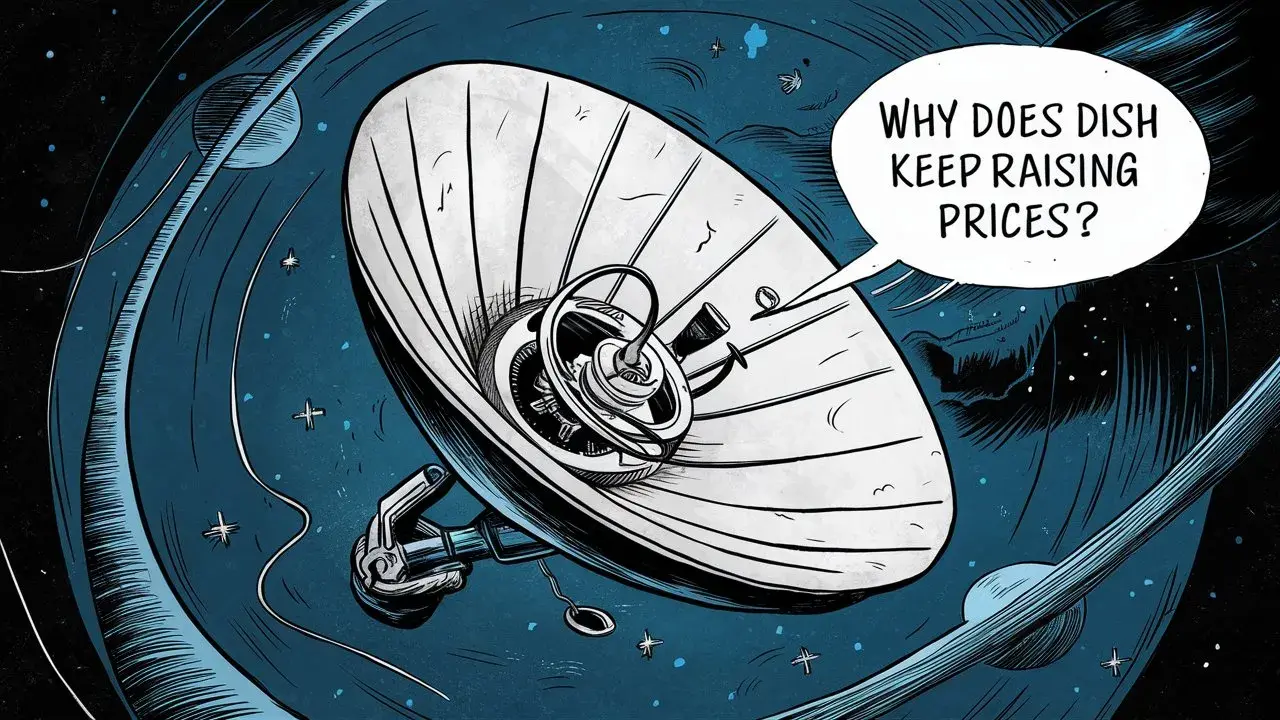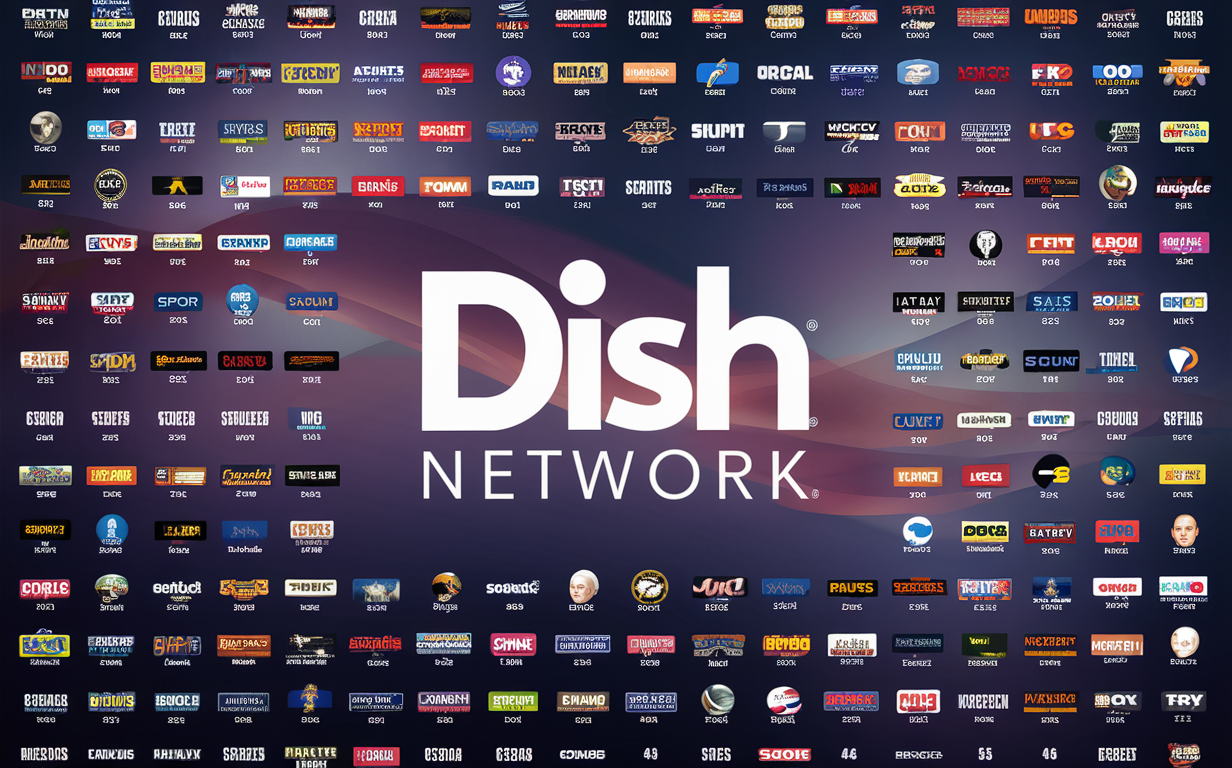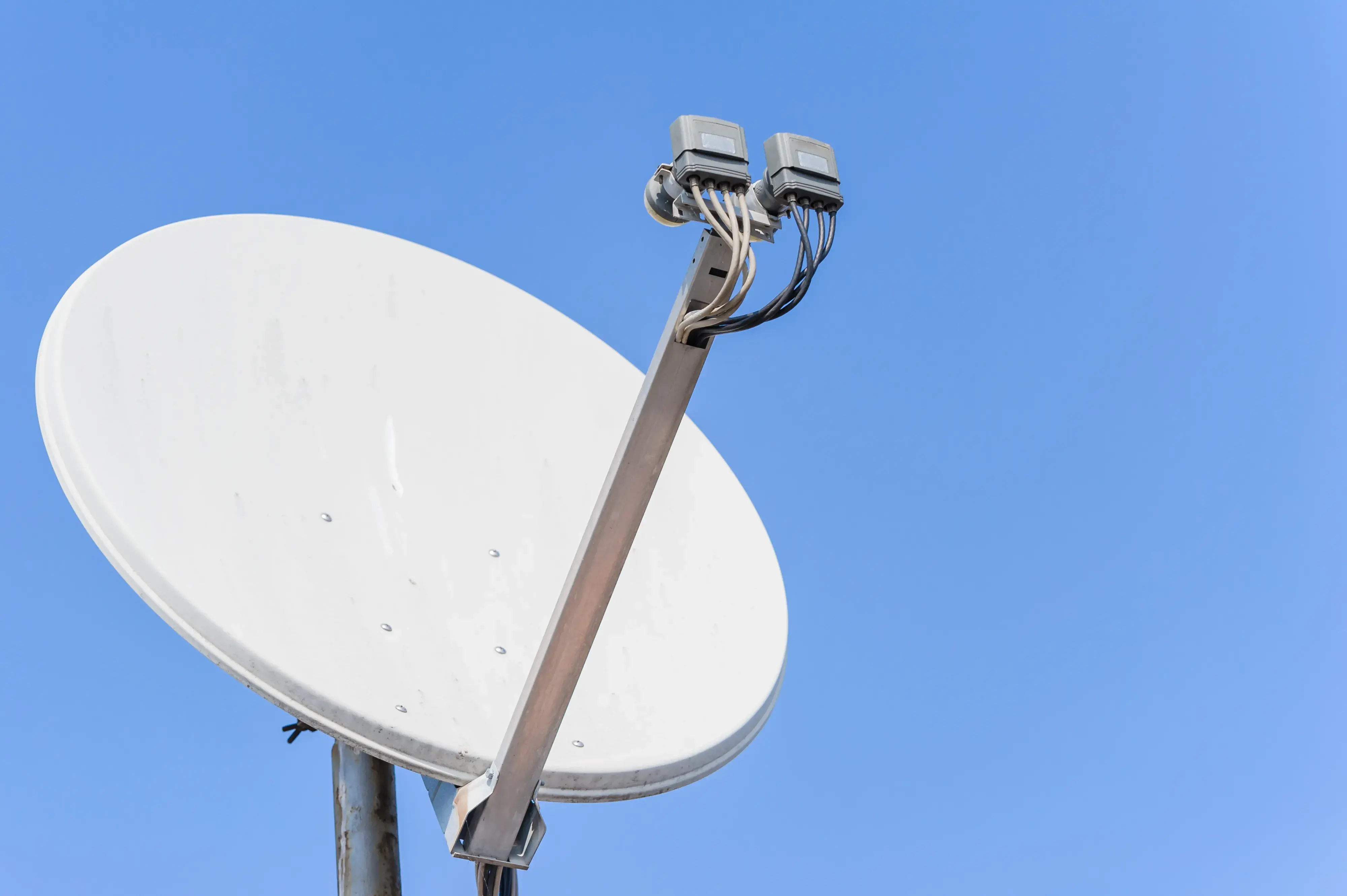
DISH Network – a satellite television provider is well known for changing its prices quite often and putting pressure on the customers. Last few years DISH has raised rates several times and each time the hike is in the range of $3-$5 per month. This has made many customers ask questions like, why is DISH continually raising the prices, while other pay-TV companies are stabilizing their charges? There are several potential factors at play:
Rising Programming Costs
As for DISH, one of the leading reasons that it has been citing for price increases is the phenomenon of increasing expenses incurred by the company to media firms in exchange for channel carriage rights. Broadcasters such as ESPN, TBS, TNT, and local broadcast stations increase the rates they demand from DISH and other TV providers each year for the same content. For instance, ESPN was charged $2.6 billion for licensing fees in the current year alone, which has increased by more than 70% from the previous five years. This is because DISH continues to increase these carriage fees, which translates to new costs being incurred to continue subscribing to these networks.
In light of this, the firm could consider expanding its investments in technology and services.
DISH has been proactive in procuring new broadcast satellites, advanced set-top boxes, streaming options on mobile, and a new customer service portal. These are initiatives that seek to enhance the viewing experience and are provided at a very expensive nature that the company seeks to recover through the right to charge higher rates. Sustaining competitive video and technology is not inexpensive as an individual satellite is over $300 million.
Overall Pay TV Subscribers:
It has been a fact that the whole traditional pay-TV industry over the last ten years has been declining in terms of the number of viewers as more and more people opt for cheaper streaming services such as Netflix or Hulu. DISH has been steadily losing its subscribers while its fixed operational costs have remained almost the same; hence, the only way to ensure that the company has healthy profit margins is through increasing rates. To clarify, today the company is forced to distribute the expenses over the fewer total customers.
In Rural Areas, For Example, Competition Is Often Restricted Due To The Lack Of Sufficient Customers To Sustain Multiple Outlets Of Similar Businesses.
Although media markets are highly saturated with cable and satellite TV competitors where people live in cities are likely to find a plethora of cable and satellite TV Goliaths such as DISH and DirecTV, in the rural areas the consumers have very limited choices, with only satellite TV providers. DISH Network enjoys this market power and the fact that it is almost impossible for new competitors to penetrate areas with less population density, it risks setting high prices as a result it does not have a high risk of losing its subscribers. It is for this reason that many rural households may feel compelled to grit their teeth and pay the bills each year due to the absence of other service providers.
Temporary Promotional Rates Expiring
One strategy that is popular among pay-TV companies is the provision of predatory pricing where new customers are offered prices often below half of their normal prices for the first year of service. However, after some time these promotional rates end up expiring, and thus outstanding monthly costs shoot up significantly. Some current DISH customers who possibly complained over higher prices may be affected when their plans degrade from the initial low-cost offering. However, subscribers can always try to threaten to cancel their subscription or demand that providers offer them another cheaper term.
Passed-Through Fees and Taxes
For its part, every year DISH introduces or hikes additional fees, which form separate line items that customers are billed each month. These include regional sports fees, broadcast TV fees, and DVR service fees each of which have all escalated.” It also forwards to consumers increases in state and local video taxes and franchise fees beyond its control. Whereas the basic package prices might remain constant for some years these additional charges, often, bulk the profit.
Is It Possible to Finally Put an End to It?
Due to the above-discussed factors DISH seems well set to carry on with the rate increases practice in the coming years. The increasing content and operational costs associated with the business provide them the reason to increase its price. In markets where there is no viable competitor, many households would swallow the bitter pill of high prices as the only other option is the pay-tv platform. Although streaming services do apply some downward pressure for the most popular products, they cannot offer as much variety of content and choice of platform services as a satellite provider does today.
The most promising source of relief on the pricing front would be a new wave of pay-TV entrants penetrating the rural regions, moderation in the growth of programming costs, or a looming threat of cord-cutting that may depress DISH’s subscriber figures. Unless these happen in the coming year customers should prepare to be charged more with each bill coming to them every month. This is because DISH enjoys a rather stronger position in passing through costs to the captive subscriber base – and the firm appears rather keen to employ this advantage in preserving robust profit margins.
Ready to upgrade your TV experience? Call us now at (877) 471-4808 to find the perfect Dish Network plan for you! Don’t miss out on great entertainment—our team is here to help you choose the best package and get you started today.





